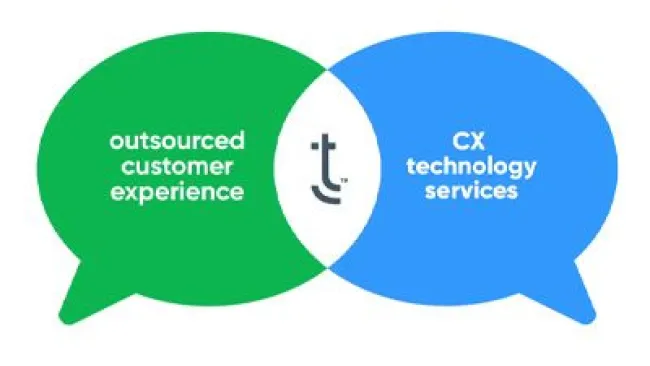Text messaging is quickly becoming customers’ preferred way of connecting with brands because it’s fast, easy, and convenient. But new research shows customers don’t just want to receive messages from brands, they want to be able to text back and have two-way communication, which presents new opportunities and challenges.
In 2022, 70% of consumers opted in to receive texts from businesses, according to SimpleTexting’s 2022 Texting & SMS Marketing Report, yet just 55% of business owners and digital marketers texted their customers. While that second figure marks a 27% jump in SMS adoption over the previous year, there’s still great opportunity for brands to capitalize on this growing channel.
Your customers are texting – a lot
Texting has become a huge part of consumers’ daily lives, especially among younger customers, which is why savvy brands are tapping into it for marketing and sales purposes. It’s a great way to engage with customers, particularly at those crucial moments when they’re ready to buy.
Consider these stats from SimpleTexting, which surveyed more than 1,300 consumers, business owners, and digital marketers to gauge how they view texting and SMS marketing:
- One-third of consumers check their text notifications within one minute of a receiving a text
- 51% of consumers reply to a text message within 1-2 minutes
- 53% of consumers check their text messages at least 11 times a day
- On an average day, consumers check their text messages more than nay other app on their phones
“Most consumers want quick, two-way communication with brands,” said SimpleTexting Marketing Director Adam Coppelman.
Against this backdrop, it’s no wonder the study found that 60% of business owners who already text their customers plan to increase their SMS marketing budget this year. Those investing messaging said they like its ease of use, the large mobile audience it taps into, it’s real-time reach, and other benefits.
But are companies using the channel to listen to their customers?
Make it a two-way conversation
It’s important to embrace messaging if you’re not already, but it’s not enough merely to send messages to customers, SimpleTexing found. More than half of consumers (61%) want the ability to text companies back, especially when it comes to things like appointment reminders, customer service, and shipment tracking.
This is a shift brands should be paying attention to, said Coppelman.
“Most marketers and business owners know that they need to personalize their messages, but the research in this report highlights the fact that consumers don’t just want personalized one-way messages,” he said. “They want you to send highly relevant messages and give them the opportunity to respond.”
Most businesses report SMS click-through rates of between 20-35%, SimpleTexting found. By comparison, most of the survey respondents said their average click-through rate on marketing emails was between 1 and 10%.”
“Does this mean that you shouldn’t send emails? Not at all,” said Coppelman. “We still believe email is an effective channel for certain messages, but if you want to get more eyes on important messages, add SMS to your omnichannel approach to customer experience.”
Have a messaging strategy
To achieve messaging success, brands need to do more than merely adopt the right technology (though that’s a big piece of the puzzle). They also need to make sure they have the right people in place to realize that technology’s full potential.
Associates who are great at offering voice support won’t necessarily thrive on the messaging channel. Messaging requires a different set of skills, such as handling multiple customer inquiries concurrently and being able to show empathy and understanding on a digital channel.
Companies will see better results – and deliver better experiences for customers and associates alike – if associates assigned to messaging are trained specifically in that area. Working with an experienced partner can help avoid common missteps and maximize best practices.
Brands that devote the time and resources to do messaging right will see great returns on their investment: shorter handle times, better customer experience, and ultimately increased sales.















